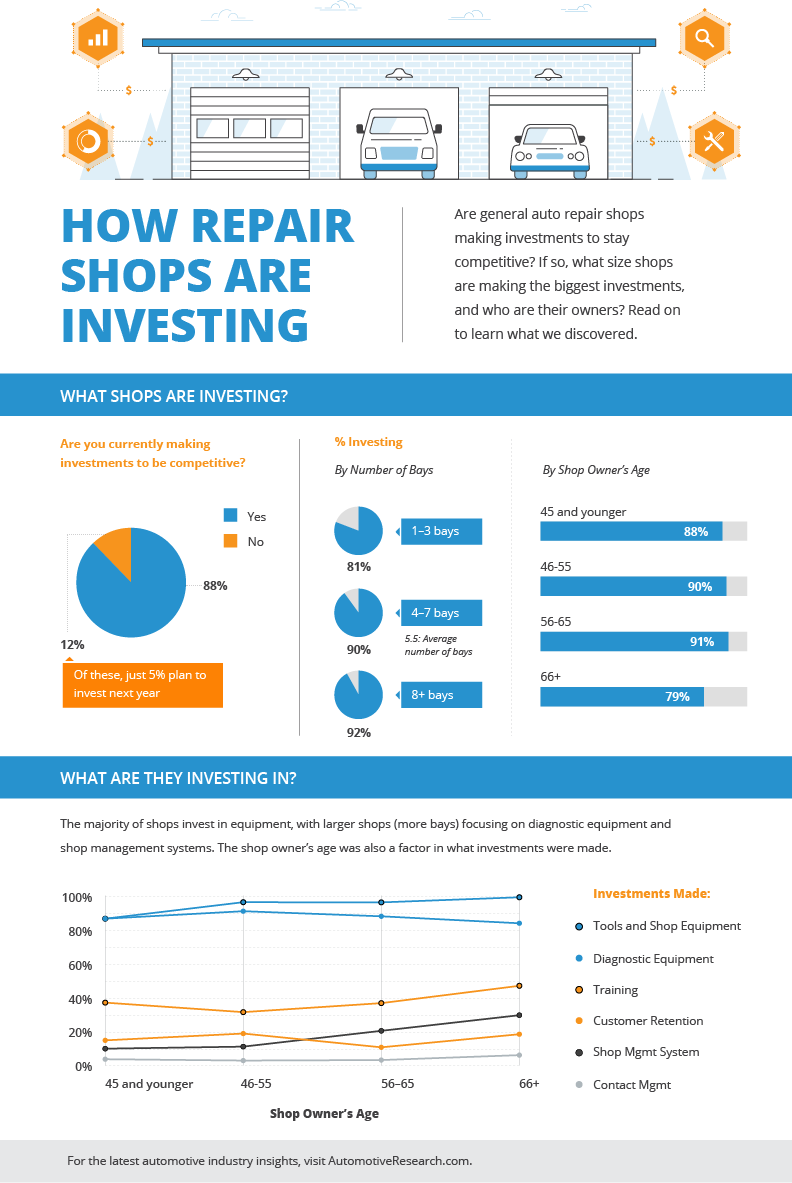Translating Your Automobile'S Alert Lighting: Their Real Effects
Translating Your Automobile'S Alert Lighting: Their Real Effects
Blog Article
Staff Author-Higgins Kejser
When you lag the wheel, those radiant caution lights on your dashboard can be a little bit difficult. Do you know what they're attempting to tell you concerning your auto's health? Recognizing the value of these lights is crucial for your safety and the durability of your car. So, go source of those lights turns up, wouldn't you want to analyze its message accurately and take the required actions to resolve it?
Common Caution Lighting and Interpretations
Determine usual warning lights in your car and understand their significances to make sure risk-free driving.
The most normal warning lights include the check engine light, which signals problems with the engine or exhausts system. If acp detailing begins, it's vital to have your vehicle examined without delay.
The oil pressure advising light shows low oil stress, needing instant focus to stop engine damage.
A blinking battery light may suggest a defective billing system, possibly leaving you stranded otherwise dealt with.
The tire pressure surveillance system (TPMS) light informs you to reduced tire stress, influencing automobile stability and gas performance. Neglecting this can cause harmful driving problems.
The ABS light shows a problem with the anti-lock stopping system, compromising your capability to stop quickly in emergency situations.
Lastly, the coolant temperature warning light warns of engine overheating, which can lead to severe damages otherwise fixed promptly.
Understanding these typical warning lights will certainly help you resolve concerns immediately and preserve risk-free driving conditions.
Importance of Prompt Focus
Understanding the typical warning lights in your auto is just the first step; the significance of promptly addressing these cautions can't be stressed enough to ensure your safety and security when traveling.
When a warning light illuminates on your dashboard, it's your cars and truck's way of interacting a possible problem that needs interest. Neglecting these warnings can result in more severe problems down the road, compromising your safety and potentially costing you a lot more in repairs.
Prompt interest to warning lights can prevent malfunctions and crashes. For example, a flashing check engine light might suggest a misfire that, if left unattended, could trigger damages to the catalytic converter. Addressing this without delay can save you from a costly repair service.
Similarly, a brake system cautioning light might signify low brake fluid or used brake pads, important elements for your safety when driving.
Do It Yourself Troubleshooting Tips
If you see a warning light on your dashboard, there are a couple of do it yourself troubleshooting tips you can attempt before seeking expert assistance.
The very first step is to consult your cars and truck's guidebook to understand what the particular warning light indicates. Sometimes the issue can be as simple as a loose gas cap activating the check engine light. Tightening up the gas cap may fix the problem.
https://quick-oil-change-near-me93838.vblogetin.com/37749790/the-ease-of-mobile-automobile-describing-transforms-your-vehicle-s-appearance-yet-is-it-as-reliable-as-traditional-methods-discover-the-reality-behind-this-solution is a reduced battery, which can cause numerous warning lights. Inspecting the battery links for rust and ensuring they're protected may repair the trouble.
If a caution light lingers, you can attempt resetting it by disconnecting the vehicle's battery for a few mins and after that reconnecting it. Furthermore, examining your car's fluid degrees, such as oil, coolant, and brake liquid, can assist fix advising lights connected to these systems.
Conclusion
In conclusion, comprehending your auto's warning lights is vital for maintaining your car running efficiently and securely. By without delay resolving these notifies and knowing what they mean, you can avoid expensive repair services and potential malfunctions.
Keep in mind to consult your car's manual for particular information on each advising light and act appropriately to guarantee a trouble-free driving experience.
Stay notified, stay secure on the road!
